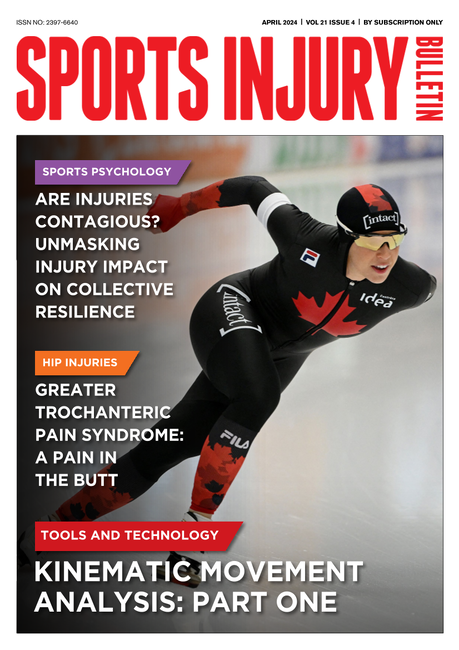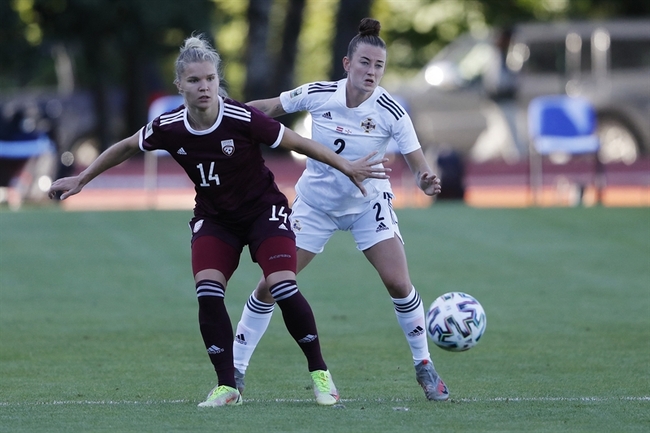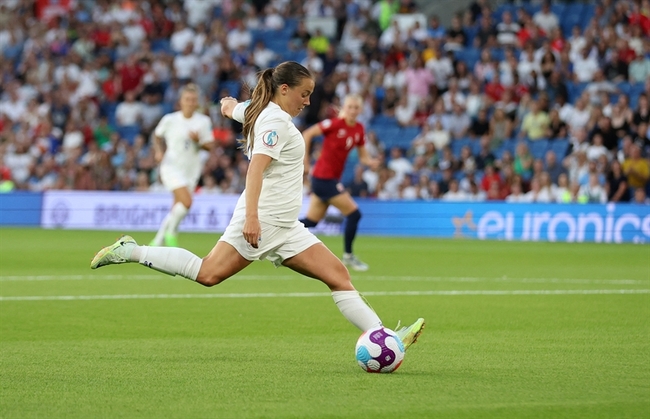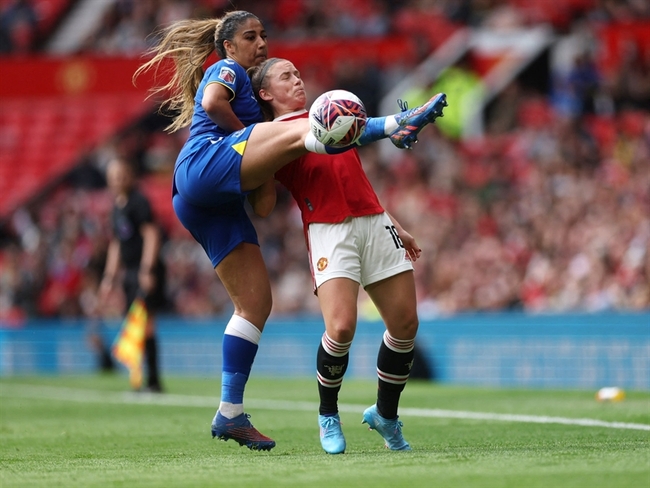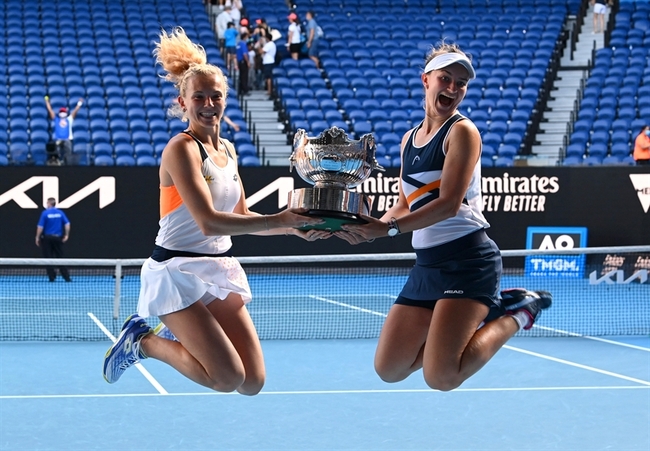Kinesiology of the hip: a review
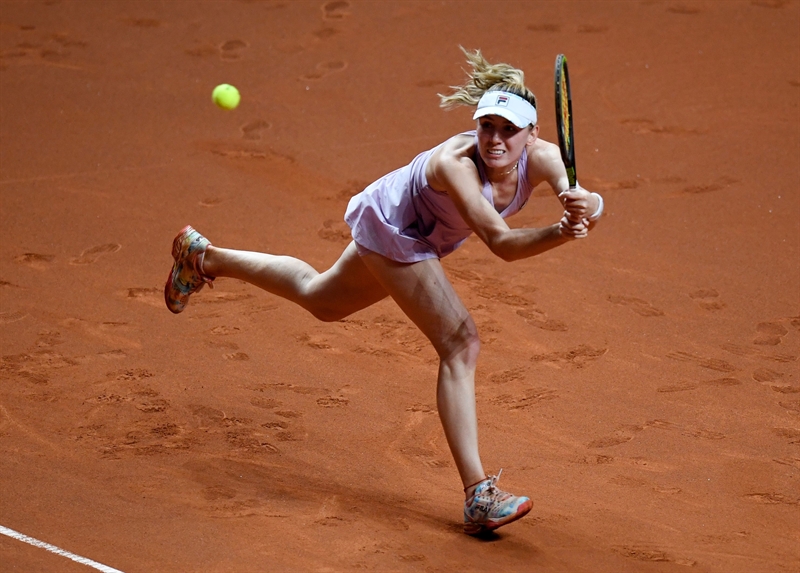
It’s always a good idea to revisit the basics from time to time and rethink the “why” behind the “how” of clinical treatment. An excellent primer on hip function by Donald Neumann, PT, PhD, FAPTA from Marquette University(1)reminds clinicians of the complexity of the hip joint and associated musculature. The clinical pearls from studying the kinesiology of this tri-planar joint are many. We’ve summarized a few here:
- Muscle action or line of pull and torque are different. Torque describes the force with which the muscle acts and includes consideration of a muscle’s moment arm length. Moment arm is often dependent upon joint position, thus torque changes when the joint moves. Strength, another variable in muscle activation, is influenced by cross-sectional area and the muscle fiber arrangement (pennate, bipennate, etc.).
- Hip flexor muscles not only flex the hip upon the pelvis, but also the trunk upon the femur. Therefore, patients with persistent lordosis during functional hip flexion movements may lack sufficient abdominal strength to stabilize the core against the pull of the hip flexors, instead of only having tight hip flexors. Therefore, evaluate the ratio of abdominal to hip flexor strength in athletes with low back pain.
- While the hamstrings are a recognized assistant to hip extension, the posterior head of the adductor magnus actually has a greater cross sectional area and functions as one of the primary hip extensors. The hip extensor group (glute maximus, hamstrings, and adductor magnus) generates more torque than any other muscle group. The torque potential increases with hip flexion, thus giving power when rising from a squat or taking off for a sprint.
- The powerful gluteus maximus acts as the primary hip external rotator. Considering this aspect of muscle action becomes important when training for return to sport after injury. Cutting maneuvers need stability and strength in the external rotators of the standing leg as the body moves inward. Therefore, train for external rotation as well as abduction in single leg stance.
- The external rotation contribution of the gluteus maximus is greatest at hip flexion angles less than 90 degrees. Thus, train this aspect of the muscle in lower hip flexion angles.
- The piriformis becomes an internal rotator when the hip is flexed beyond 90 degrees. Therefore, stretches such as pigeon pose work because though the hip moves into external rotation, the hip flexion brings the muscle anterior to the axis of movement.
- Hip flexion increases internal rotation torque. Hip extension muscle weakness may promote hip flexion in functional movements. Thus, athletes with extensor muscle weakness may have difficulty controlling hip internal rotation and knee valgus. This hip internal rotation may increase the strain on the knee and result in patellofemoral pain or increased ACL injury risk.
- The gluteus medius accounts for 60% of the cross-sectional area of the hip abductors.
- A strong gluteus minimus may minimize the risk of hip capsular impingement.
- The tensor fascia latae (TFL) is the smallest hip abductor muscle. When the other primary muscles are weak, the TFL may try to make up for the lack and thus experience strain.
- The least abduction torque is produced in 40 degrees of abduction, the most common position for strength testing. Meanwhile, the position of greatest torque is 10 degrees of adduction, the angle experienced in unilateral stance.
- The hip abductor muscles must produce enough strength to offset the joint reaction force, which can increase up to five or six times body weight when running or climbing stairs.
The hip muscles change their line of pull and function based on the joint’s position. Many of the muscles perform different actions when the joint moves through range. Therefore, it’s important to consider joint position during training and rehab to ensure that the patient’s strengthening and functional goals are met.
Reference
- 2010 Feb;40(2):82-93
You need to be logged in to continue reading.
Please register for limited access or take a 30-day risk-free trial of Sports Injury Bulletin to experience the full benefits of a subscription.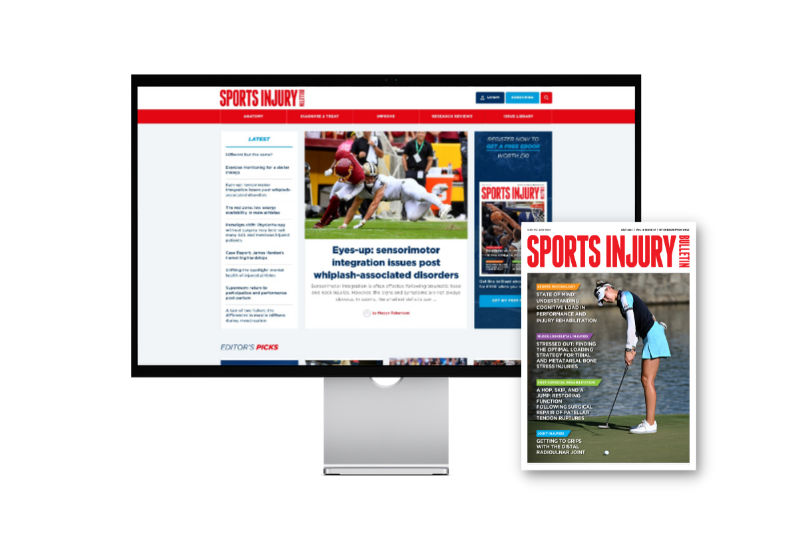 TAKE A RISK-FREE TRIAL
TAKE A RISK-FREE TRIAL
Newsletter Sign Up
Subscriber Testimonials
Dr. Alexandra Fandetti-Robin, Back & Body Chiropractic
Elspeth Cowell MSCh DpodM SRCh HCPC reg
William Hunter, Nuffield Health
Newsletter Sign Up
Coaches Testimonials
Dr. Alexandra Fandetti-Robin, Back & Body Chiropractic
Elspeth Cowell MSCh DpodM SRCh HCPC reg
William Hunter, Nuffield Health
Be at the leading edge of sports injury management
Our international team of qualified experts (see above) spend hours poring over scores of technical journals and medical papers that even the most interested professionals don't have time to read.
For 17 years, we've helped hard-working physiotherapists and sports professionals like you, overwhelmed by the vast amount of new research, bring science to their treatment. Sports Injury Bulletin is the ideal resource for practitioners too busy to cull through all the monthly journals to find meaningful and applicable studies.
*includes 3 coaching manuals
Get Inspired
All the latest techniques and approaches
Sports Injury Bulletin brings together a worldwide panel of experts – including physiotherapists, doctors, researchers and sports scientists. Together we deliver everything you need to help your clients avoid – or recover as quickly as possible from – injuries.
We strip away the scientific jargon and deliver you easy-to-follow training exercises, nutrition tips, psychological strategies and recovery programmes and exercises in plain English.


